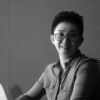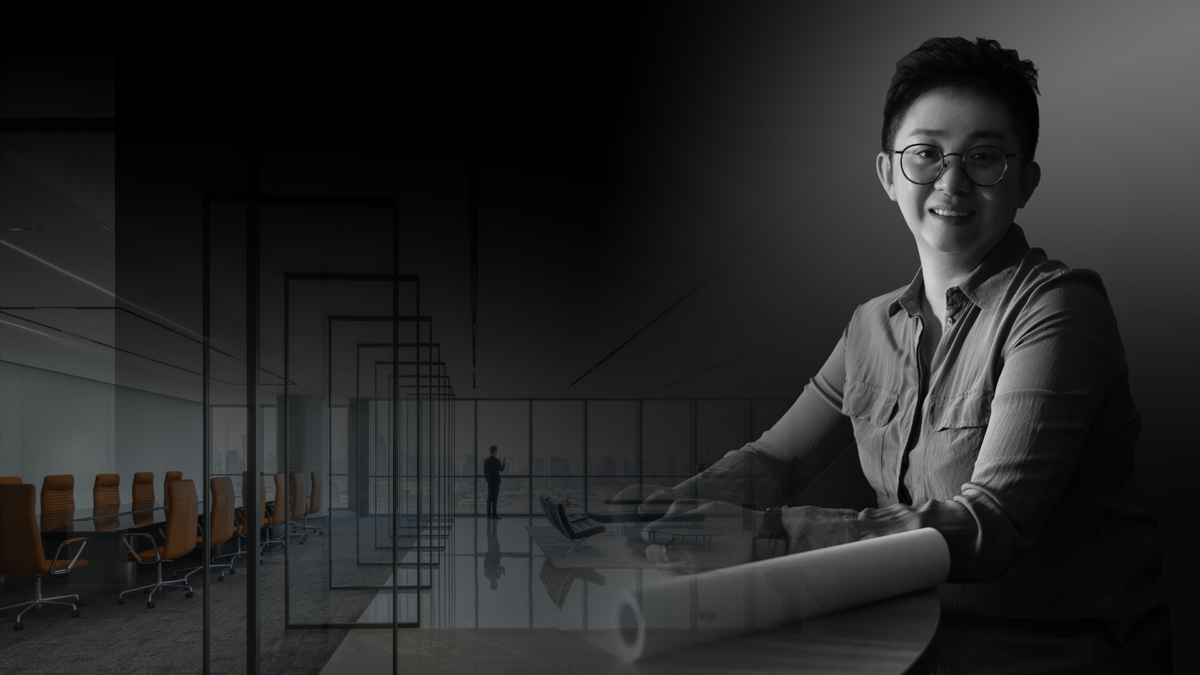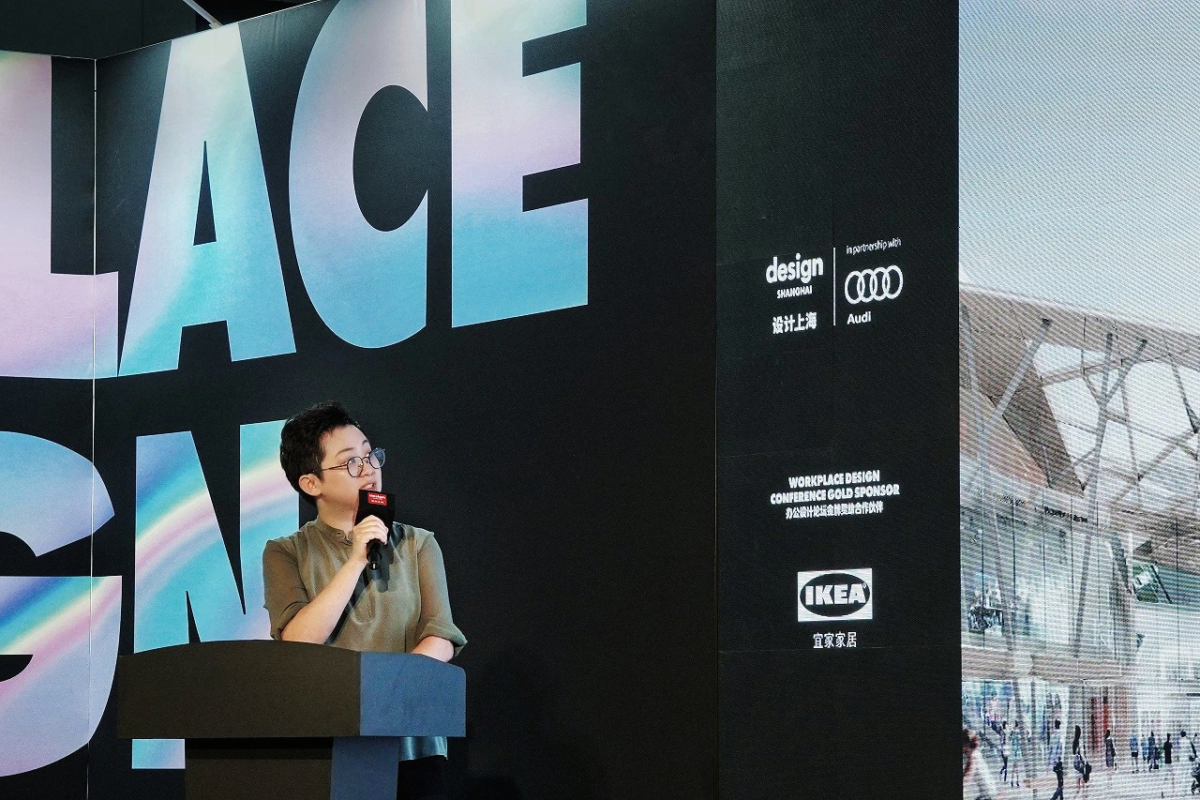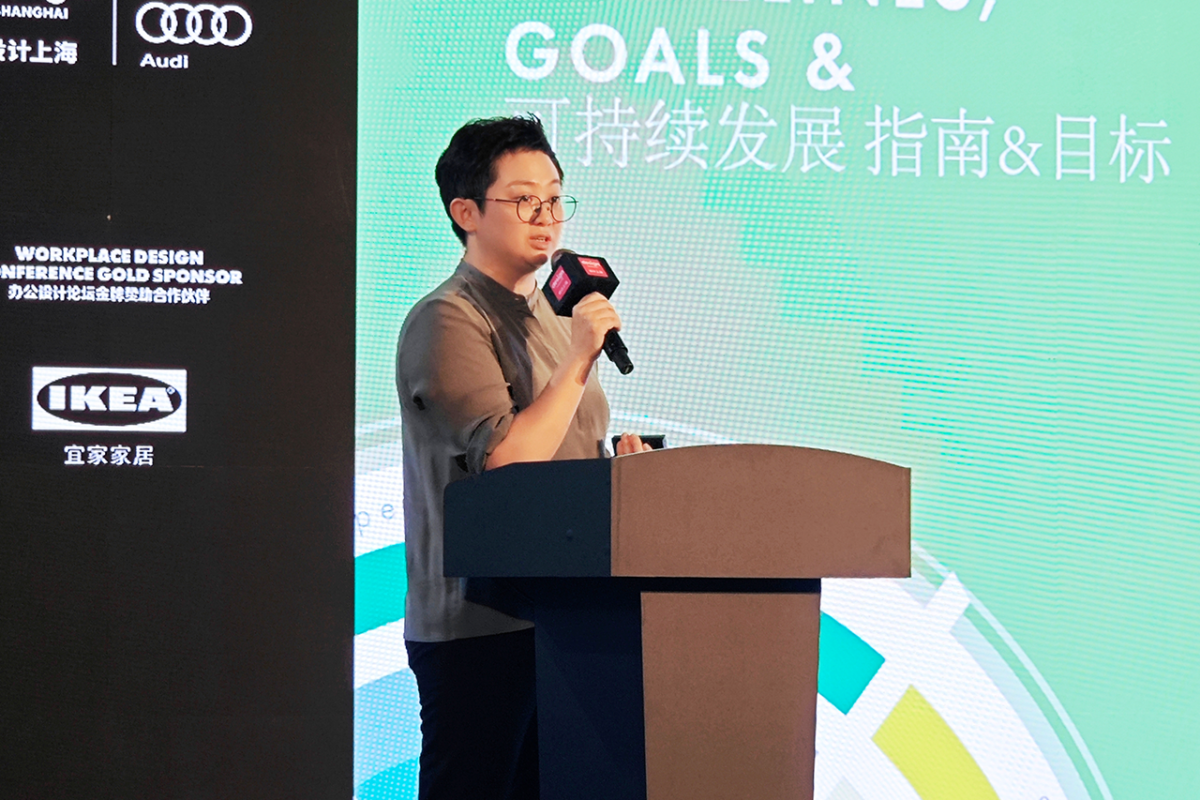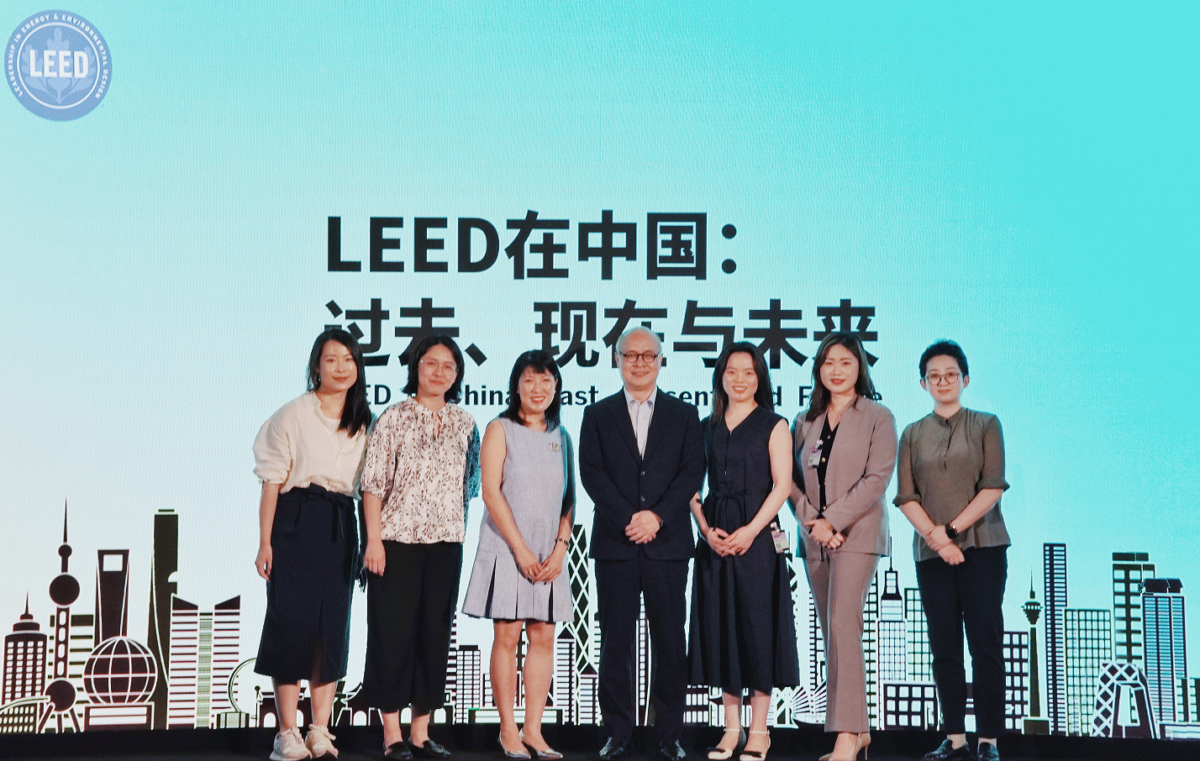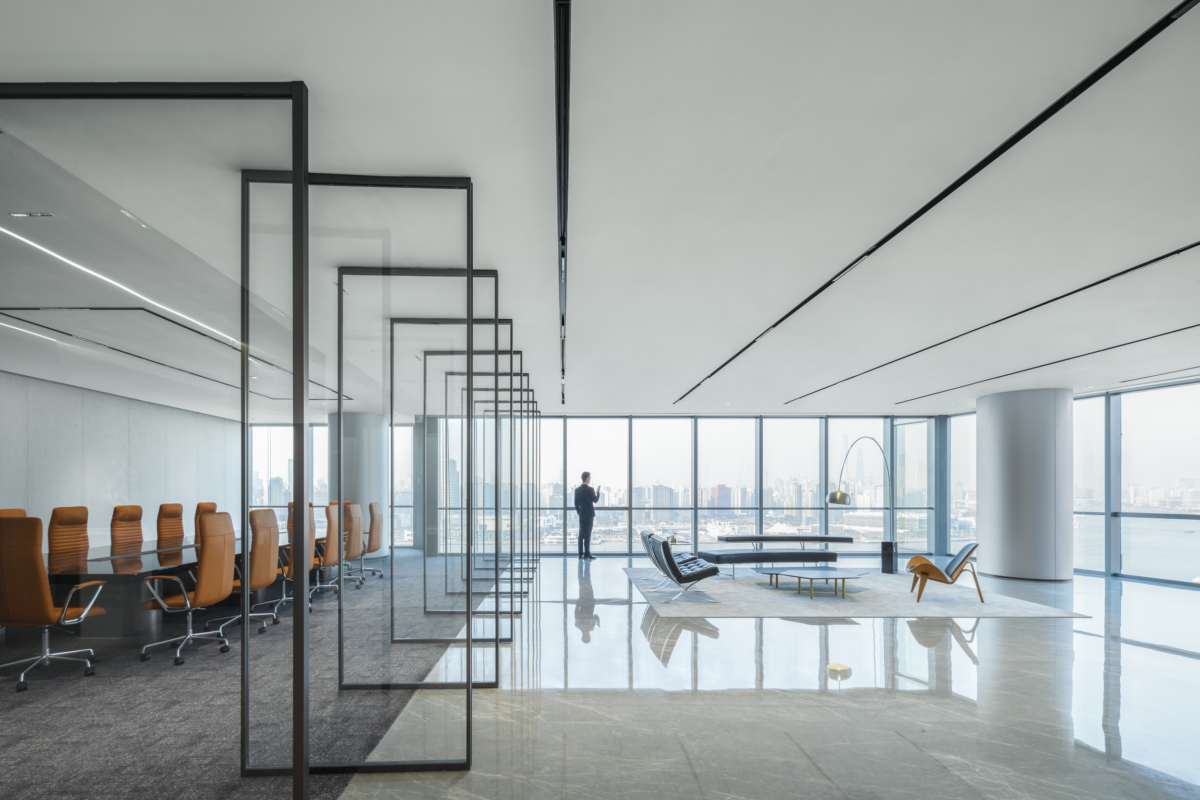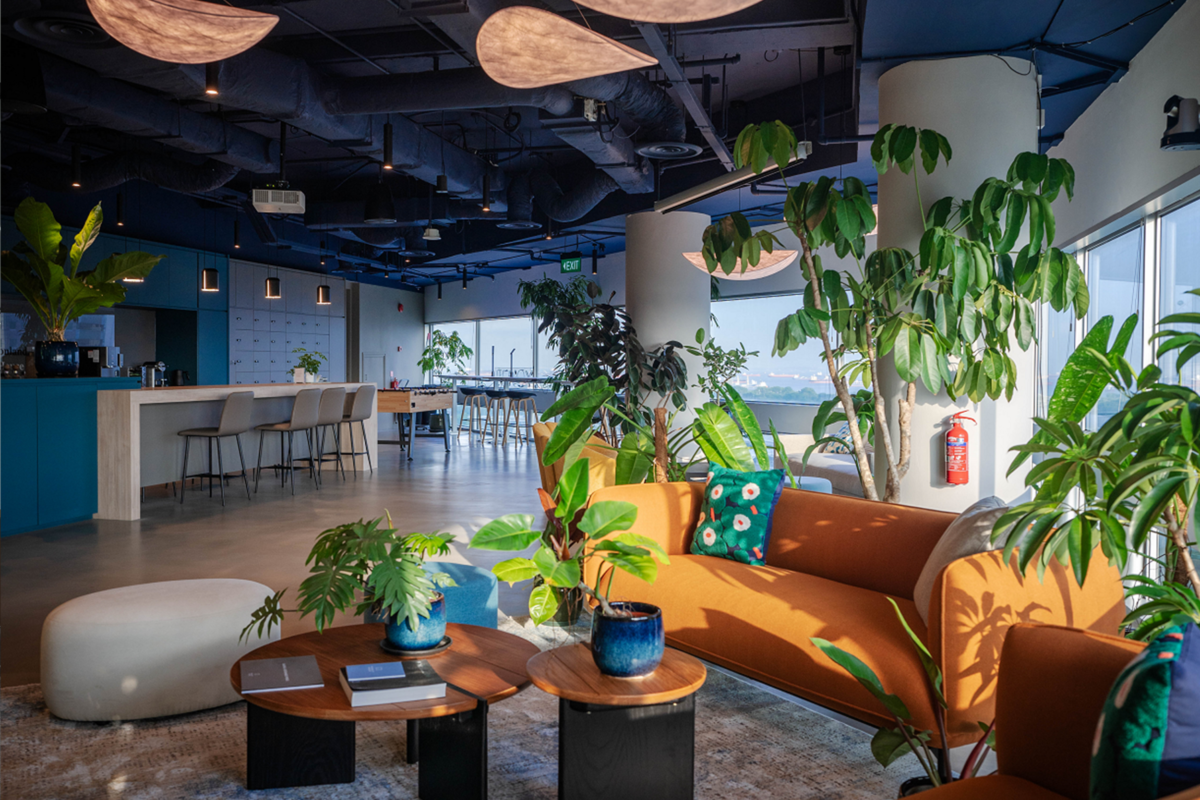T: What changes and developments have you seen in workspace design?
L: Generally speaking, workspace design has shifted from closed to open, from standardised to individualised, and from physical to virtual. These changes reflect the continuous evolution of the office environment in response to changing work models and personnel requirements. Previously, workspace design focused primarily on productivity using standardised layouts that didn’t consider the needs of the employees. Now, there is a greater emphasis on the physical and mental health of employees. This includes incorporating natural elements and leisure facilities to create a comfortable and welcoming work environment.
T: As a designer, what design elements do you think can help transform existing buildings into green buildings?
As a designer, I believe that the following design measures can help transform existing buildings into green buildings:
First, to optimize to energy use. This can be achieved by enhancing natural light and integrating shading systems to minimize reliance on artificial lighting and air conditioning. Improving the building’s insulation, such as upgrading windows, doors, and adding wall insulation, helps reduce energy loss. Adopting energy-efficient appliances like LED lighting and high-efficiency air conditioning systems further boosts energy savings.
Second, implement water recycling. Utilizing rainwater collection systems allows the use of rainwater for non-drinking purposes like irrigation, toilet flushing, or car washing. Installing water-saving fixtures in bathrooms also significantly cuts down water usage.
Lastly, improve indoor environmental quality. This involves optimizing air circulation through adjustable natural ventilation systems, choosing eco-friendly building materials to minimize harmful emissions, and increasing greenery with native plants to create a nature-friendly landscape environment.
